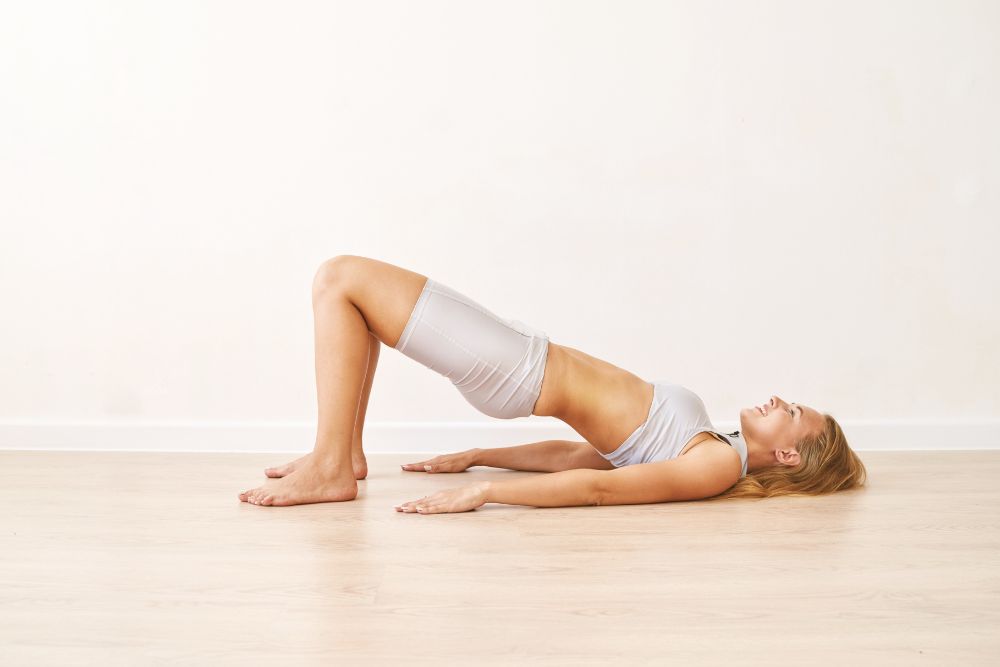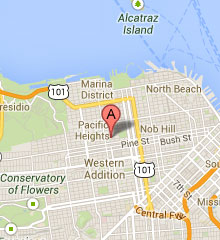Pelvic floor weakening is a natural part of life and the work your body has put into living it. However, pelvic health is vital to day-to-day functioning and can impact several organs including the urethra, bladder, intestines, rectum, uterus, cervix, and vagina. When the muscles that support these organs begin to weaken, the following issues can occur:
- Urinary leakage when sneezing, laughing, and/or coughing
- Frequent and/or painful
- Urinary and/or fecal incontinence
- Constipation and/or difficult bowel movements
- Lower back pain
- Pain and/or pressure in the pelvic region or genitals
- Reduced vaginal sensation
- Pain during sexual intercourse
Factors that Can Contribute to Weakened Pelvic Floor
The weakening of the pelvic floor can be caused by the following:
- Pregnancy
- Childbirth
- Obesity
- Aging
- Chronic constipation
- Constant coughing
- Traumatic injuries to the pelvic area
- Surgery that requires cutting any pelvic floor muscles
- Hormonal changes post menopause
- Muscle tension caused by painful periods and/or endometriosis
If you are experiencing any of the above symptoms or would like to strengthen your pelvic floor as a preventive measure, here are some easy exercises you can practice.
Exercises to Help Strengthen Your Pelvic Floor
Kegels
Kegels are one of the easiest and most common ways to strengthen your pelvic floor. To perform a Kegel, imagine yourself urinating, and then pretend to stop your flow. The muscles you squeeze to keep yourself from urinating are your pelvic floor muscles. Continue to relax and squeeze your pelvic floor for at least 10-12 repetitions to complete a full set of Kegels. Professionals recommend at least 3 sets to maintain a tight pelvic floor. Kegels can be done standing, on your back, or sitting down. You can incorporate the exercise into your workout routine, or simply perform them at your desk or while watching TV.
Bridge Pose
Often touted for its effect on the glutes, the bridge pose is also a great exercise for the pelvic floor. Lie on your back with your feet planted on the floor and your knees bent at a 90-degree angle. Arms should be at your sides with your palms facing down. Clench your pelvic muscles as if you were stopping yourself from urinating and push your glutes and lower back off the floor. Hold the lifted position for a few counts before lowering your body back down. Repeat 10-12 times for a full set, and aim to complete 3 sets. Alternatively, you can attempt to hold the lifted position for 30 seconds to 1 minute.
Toe Taps
For this exercise, start by lying on your back, with your knees at a 90-degree angle, feet planted, arms at your sides, and palms facing down on the floor. Squeeze your core and pelvic muscles while lifting your lower back and glutes off the ground. Staying lifted, raise one leg as high as you can go (knees can stay bent), and then slowly lower it down. Repeat the same movement on the other leg and alternate 10-12 times. Remember to keep your core and pelvic floor tight and activated throughout the exercise for the best results.
Bird-Dog
To complete bird-dog, come to all fours with your wrists under your shoulders and your knees under your hips. Brace your core and pelvic floor as you simultaneously lift your right arm, and left leg. Bring both limbs down and repeat the same motion with your left arm and right leg. Continue alternating for 10-12 rounds, 2-3 times.
Heel Slides
With your back on the ground, knees bent, and feet on the floor, lift your glutes and lower back. Keeping your foot on the ground, slide your right foot forward as far away as you can without losing your balance. Bring your foot back to center and repeat the back-and-forth motion 10-12 times on each side.
Improve Your Pelvic Health
If you are already facing symptoms of pelvic floor dysfunction, it may take some time before you see improvement. The exercises above work best if practiced daily. If you are not seeing a difference in your symptoms, talk to your doctor about finding a pelvic health physiotherapist. A physiotherapist trained in pelvic health can recommend practices better suited to your needs, and ensure you are performing all exercises correctly.
No symptom or concern is too small to begin treatment and our doctors are committed to helping you maintain your well-being through all of life’s challenges and joys. For advanced gynecological and pelvic health care in the San Francisco Bay Area, contact Pacific Gynecology and Obstetrics Medical Group today.


